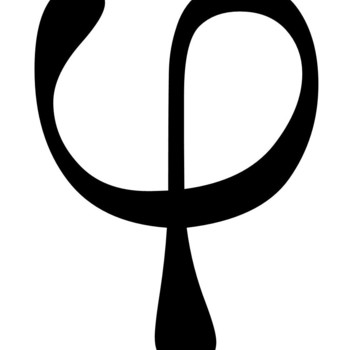Evaluate using Pythagorean identities?
Find #sintheta# and #costheta# if #tantheta# =#1/5# and #sintheta# >0
Find
2 Answers
Explanation:
Note: Here, I take
The Pythagorean identities are:
We'll use equation 2 first:
Here,
Now we use equation 1:
So, we can say that:
Explanation:
Since tan t > 0 and sin t > 0, therefor, cos t > 0


